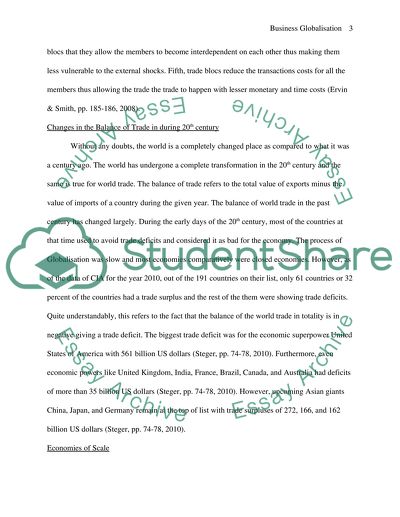Cite this document
(“BUSINESS GLOBALISATION Essay Example | Topics and Well Written Essays - 1750 words”, n.d.)
Retrieved from https://studentshare.org/environmental-studies/1421908-business-globalisation
Retrieved from https://studentshare.org/environmental-studies/1421908-business-globalisation
(BUSINESS GLOBALISATION Essay Example | Topics and Well Written Essays - 1750 Words)
https://studentshare.org/environmental-studies/1421908-business-globalisation.
https://studentshare.org/environmental-studies/1421908-business-globalisation.
“BUSINESS GLOBALISATION Essay Example | Topics and Well Written Essays - 1750 Words”, n.d. https://studentshare.org/environmental-studies/1421908-business-globalisation.


